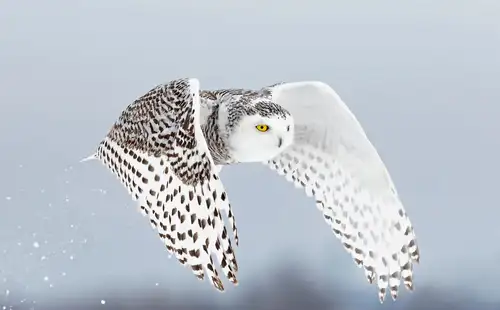Last January, Mark Hatter achieved a dream he’d been training for over two years. Booking his berth aboard the m/v Ortelius and making the long flight to Ushuaia, Argentina, he and two of his friends sailed down the famous Drake Passage, bound for Earth’s southernmost continent. But their Antarctica trip was not just about shoreline walks and photographing penguins.
No, Mark and his friends had something more ambitious in mind, an adventure that would take them well beyond the first glimpse of Antarctica’s stark beauty – or should we say, well below it. Donning dry suits and strapping on air tanks, they took a true polar plunge below the bergs, experiencing a world even few veteran divers have seen firsthand. Mark’s experiences, first published in Divernet (the online presence of Diver Magazine, for which he’s a contributor), are summarized here.
The night before: sailing the Drake “rite of” Passage
Waiting for a long-anticipated adventure can be as exciting (or agonizing) as engaging in one. Mark’s article describes his hours of binge-watching Antarctica documentaries, waiting for Ortelius to complete its navigation of the Drake, the turbulent two-and-a-half-day gateway to Antarctica.
Staving off seasickness with scopolamine patches and generous helpings of wine, he’s halfway through a documentary on Shackleton when one of his friends pounds on his door, alerting him to the fact that the Elchior and Anvers islands are coming into sight. These islands, showing the first hint of the Antarctic landscape, tell Mark that his two years of cold-water dive training are soon to pay off.
Good clean fun or just plain crazy?
As Mark and his friends, Paul and Sean, draw closer to Antarctica, their excitement builds with the appearance of each new iceberg. The certification level and experience required for polar dive cruises is steep, but after so many months of planning and training, Mark feels up to the task. There are only 10 divers booked, including Mark and his friends.
Along with the dive leader, a Swede Mark describes as having a “Viking jaw and unflappable demeanor,” the group represents a combined five decades of cold-water dive experience. Many have described Mark’s goal and indeed the entire sport of polar diving as crazy, but naturally there’s a whole other group that insists it’s just good clean (albeit cold) fun. After a thorough briefing on Ortelius, Mark is about to find out which camp he belongs to.

The first dives: Cuverville Island, Brown’s Station, and Antarctic bug life
Mark’s article describes in detail the first few dives, during which he and his friends become accustomed to their weight allocations – and the below-freezing Antarctic water. They accomplish a 20-meter (65-foot) dive of 40 minutes, the usual depth and time parameters. Later that day, they dive along a vertical wall near Brown’s Station. Visibility is about 5 meters (16 feet), typical for midsummer in Antarctica, as the 24-hour sunlight creates large plankton blooms.
Mark marvels at the vibrant sea stars, but mostly it is the isopods (an order of crustacean) that capture his attention. Mark’s friend Paul spots a crabeater seal swimming nearby, but unfortunately neither Mark nor Sean see it. Even at your most alert, it’s impossible to notice everything below Antarctica’s waters.
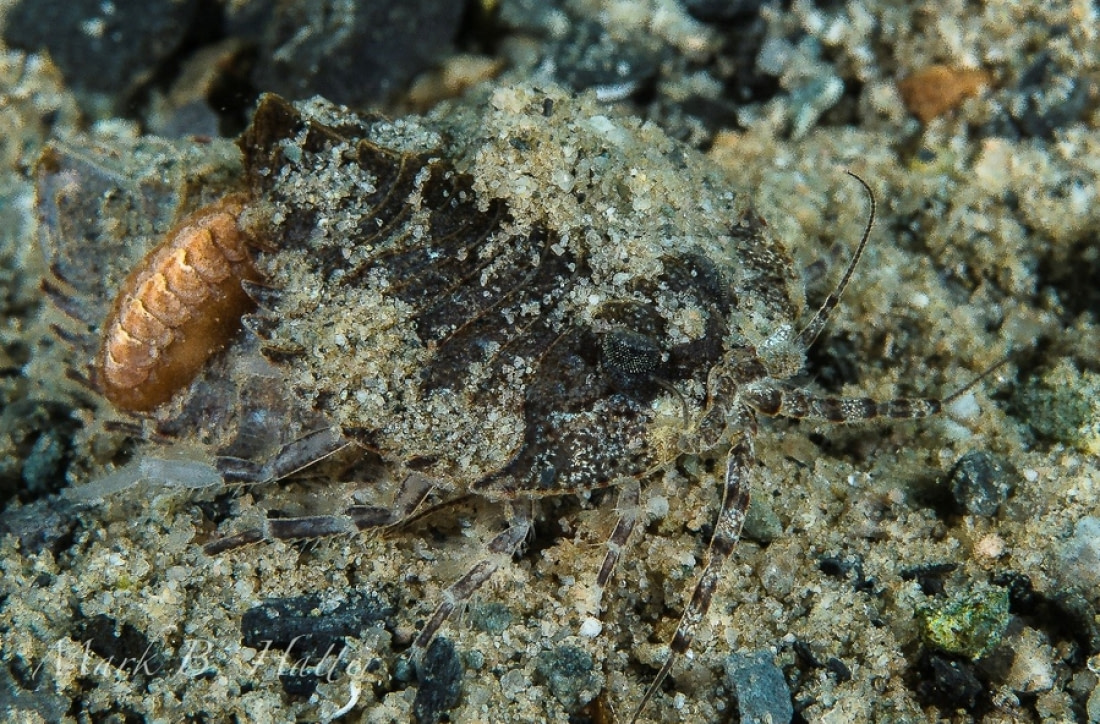
The final dives: Pleneau, Petermann, and Deception Island
After camping out under the Antarctic stars with thirty other guests (all of them listening to the distant thunder crack of calving icebergs from their sleeping bags), Mark and his friends sail as far south as Ortelius will take them: 65° 07’ S, 064° 02’ W, which takes them to their next dive site near Pleneau and Petermann islands.
After those dives, it’s an overnight Neumayer Channel voyage to Wilhelmina Bay, with Deception Island planned as the final dive location. A semi-active caldera in the South Shetlands, Deception Island belches sulphurous gas into the wind, though its sheltered bay is relatively protected from that. Mark dives near the island’s 19th-century whaling station, spotting among the many plate-sized anemones a whalebone half-buried in volcanic sand.
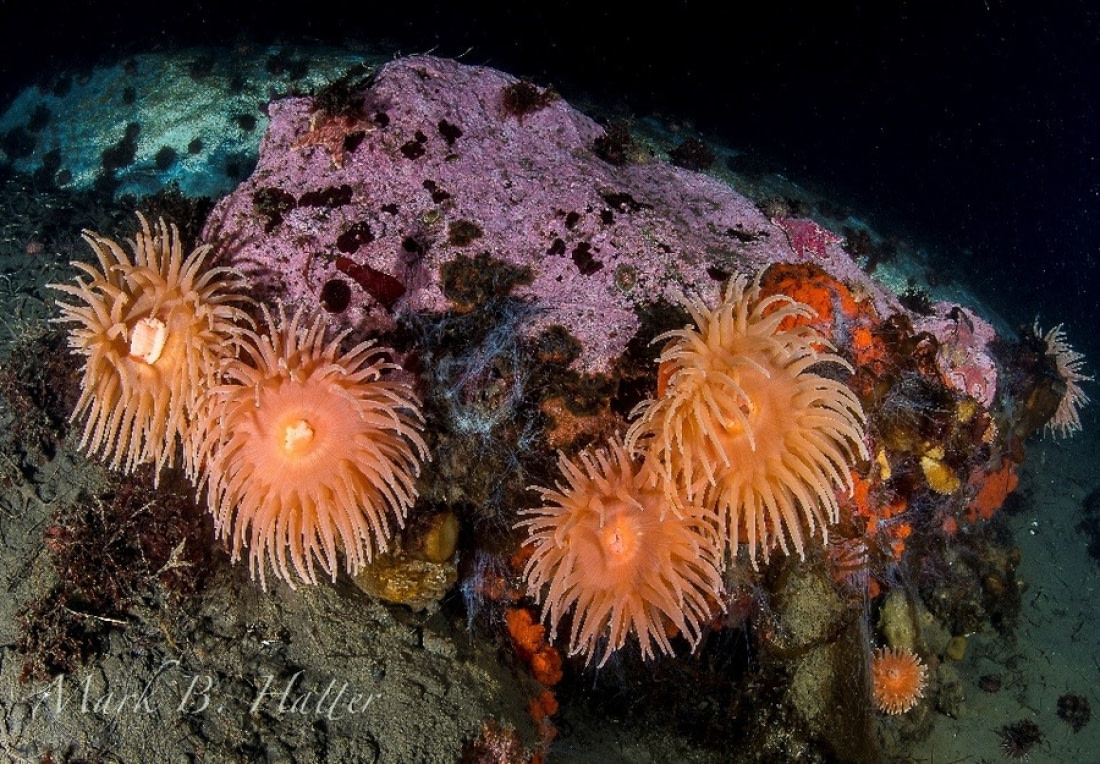
Antarctica accomplished, onward to the Arctic!
Back on Ortelius, Mark and his dive mates celebrate their successful trip with liberal fingers of Scotch. But far from sating their love of polar diving, Antarctica has only fueled it: They’re already planning the next phase, setting their sights on the Northern Hemisphere this time. Until Mark’s Arctic 2019 polar diving adventure is published, you can read the full version of his Antarctica dives here.
Blog



Traditional Lifestyles of the Inuit

Svalbard vs. the Canadian Arctic
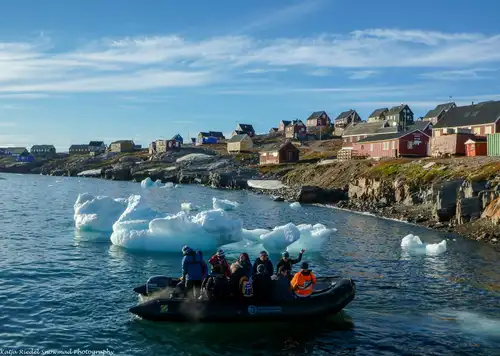
Scoresby Sund: the Greatest Greenland Adventure

Earth vs. Mars: Polar Regions Compared

Fierce and Feathered: the Skuas of Antarctica
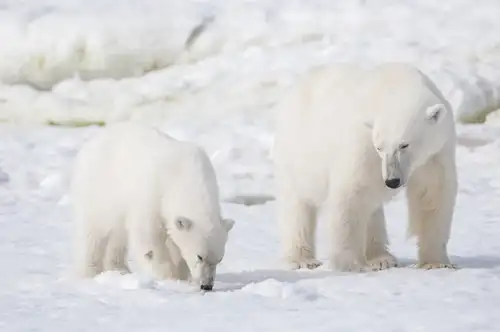
The polar bear: king of the Arctic food chain
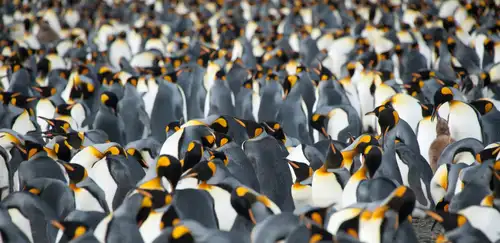
Experience King Penguins, Seals and More in South Georgia
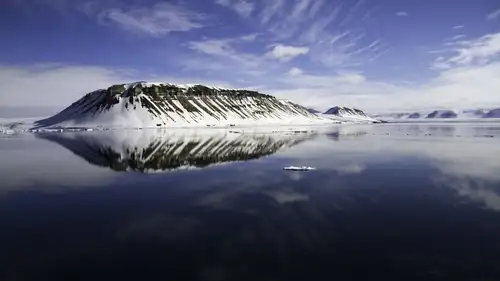
The Ice-Jewelled Geology of Spitsbergen

Antarctica: When to Visit, How to Plan, What to Expect
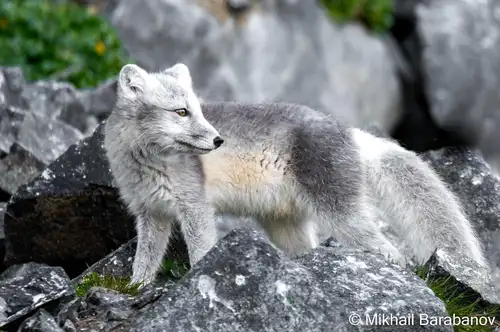
The Small Mammals of the Arctic and Antarctica

Greenland: East vs. West

Not Eskimos: 10 Enlightening Facts About the Inuit

Taking the Polar Plunge

Around Spitsbergen vs. North Spitsbergen
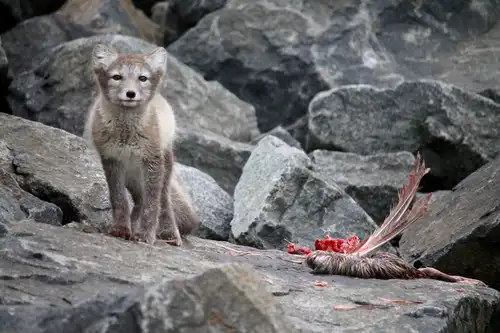
Arctic Foxes: Constant Gardeners of the Arctic
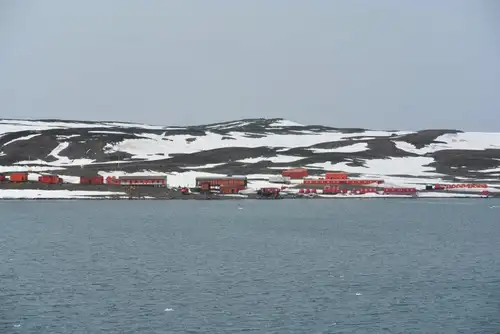
Living the Antarctic Dream
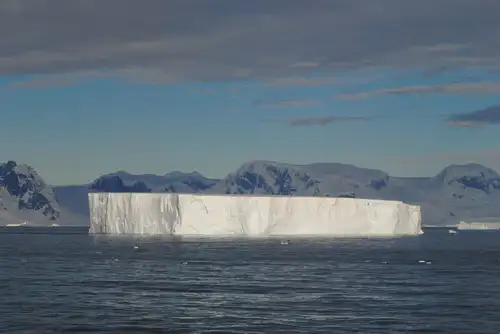
What the ice reveals about Antarctica
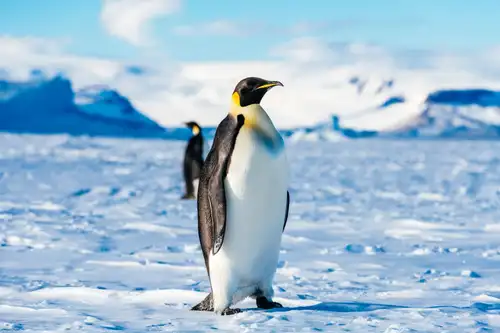
Penguins, Petrels, and Prions: Top Antarctica Bird Tour Spots
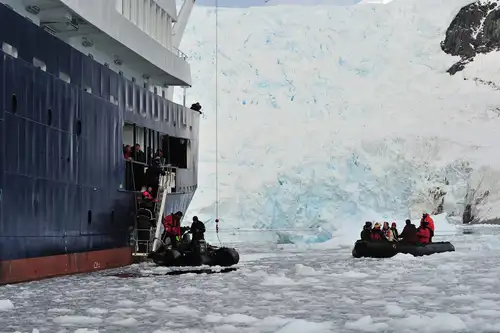
Seven Sublime Antarctic Bays
